The Nestinari (fire dancing) ritual is a UNESCO World Heritage legacy of non-material culture in Bulgaria, and many people are wondering how it is done, including me. During the Fulbrighter orientation this week, we had a dinner in a restaurant outdoor and we were able to witness the Nestinari ritual. The most traditional and authentic Nestinari is preserved only in a few villages, and the restaurant we went to is perhaps regarded as a touristy place. Still, it was amazing to witness the Nestinari dancers walking on embers barefooted without being burned.
The burning wood was prepared in a fire pit around evening. After our meals and enjoying the Bulgarian folk dancing, it got dark. Then the ritual music started. The Nestinari dancers (a man and a woman) held the icons of Saints Constantine and Elena to dance around the fire pit barefooted. After a while, they spread the embers across the fire pit orderly, and then just went down the fire pit and walked on embers while dancing. It is believed that they entered a trance state given their faith and they were protected. Even though people might say that the ember is no longer too hot without burning flames, or the Nestinari dancers may have calluses at the bottoms of their feet, it is still a hard thing to do for other people under similar conditions. We heard that some friend of the staffer here tried to do the same while being drunk (that’s how he got the courage to do it after all) and got a bunch of blisters on his feet. I honestly wanted to try it myself, too, but dropped the idea after hearing this story.
It was dark when this happened and the lights were turned off, although we could see the dancing clearly, cameras simply couldn’t pick it up while the bright embers and the dark background had too much contrast, so I didn’t have good photos. The video of us applauding for the Nestinari dancers was taken when the ritual ended and the lights were turned back on. Please feel free to check out the links at the beginning of this post or just google to see the dancing procedure, such as this one.
The tradition says that when the Nestinari dancers are in the trance state to be able to walk on embers barefooted, whoever they carry across the fire will be cured of whatever ailment they may have.
Someone told us about this tradition right before the ritual started. I was interested in knowing all about this ritual and stood on the front of the crowd, that must be why the Nestinari man picked me to carry across the fire (he carried two people that night, and I was the first one). He carried me for quite many seconds to circle around the fire pit. It felt warm above the embers. It wouldn’t be easy to carry someone even to walk on normal ground, but he did so barefooted on the embers. After the ritual ended, both the Nestinari dancers were smiling, apparently unhurt, and still barefooted. It was my honor to take a photo with them.
I still can not say that we know for sure what happened, and sometimes it is best to keep a mystery as a mystery.
The food and music for the night were in traditional Bulgarian style and it was a wonderful treat.
Last year due to the pandemic, the Fulbright Commission made an unprecedented revision to its constitution to allow the awardees to defer or cancel their awards (I was one of them and I chose to defer it from Spring 2021 to Fall 2021). I would assume that our cohort of Fulbrighters might be roughly twice of its usual size. There are a few Scholars (in academia or professional fields on research and/or educational projects), a few Student Researchers (to do research on their dissertations), and a sizable group of English Teaching Assistants (ETA, to teach English to Bulgarian high-schoolers). ETAs have typically just gotten their college degrees, and they are placed widely around Bulgaria, one in each high school. This week of orientation has been very helpful for us to gain some cultural understanding, learn some Bulgarian, talk about potential challenges, get tips on self-care, etc. I had to cut it short for a trip to a conference that several TU-Sofia colleagues are organizing in another town. I wish that I could be at both places at the same time. The learning was obviously more impactful when we met in person than reading online as we did earlier. The Bulgarian Fulbright Commission has done a lot of preparation and invited great guest speakers to get us started off on the right foot, which is highly appreciated. The embassy staff also visited us with advice and brought some goodies that would be handy to use in our classrooms.
Bulgaria, with its relatively small population and size in Europe, hosted many more ETAs than most other countries, given the great help from America for Bulgaria Foundation, which is very impressive. Bulgaria is also perhaps the only one, or one of only two, European countries to offer ETAs the school housing for free (this great perk does not apply to Scholars and Student Researchers, though). If some visitors to this website are considering applying for some Fulbright programs, Bulgaria is an excellent choice.
I also heard that being in the capital city with limited space, it is not uncommon even for regular faculty members at some institutions not to have a designated office space but to share tables on different schedules, let alone a visiting scholar. However, TU-Sofia got me the office space with a brand new computer, prepared the kits for my special topic course, and connected me with several colleagues to help me out on various fronts. I am truly grateful for their warm welcome and I can’t wait to meet the students and many more colleagues soon.
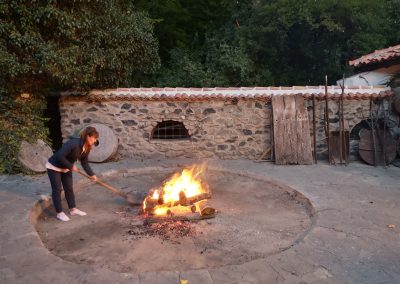


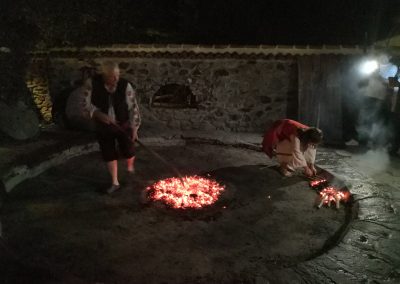
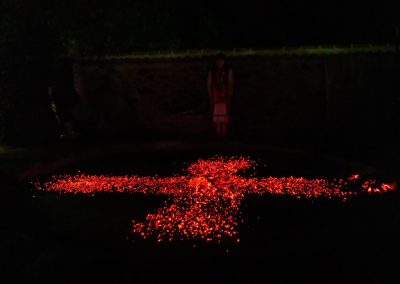
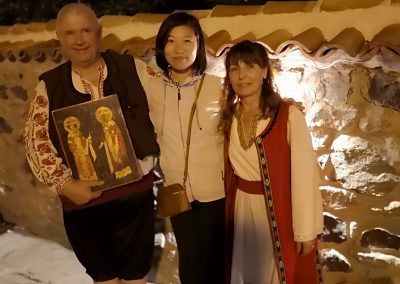

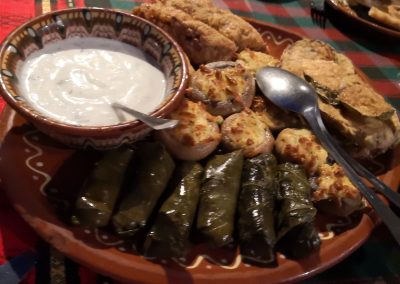

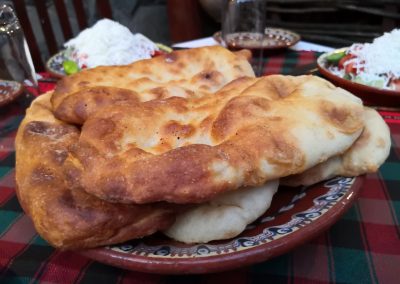


Recent Comments